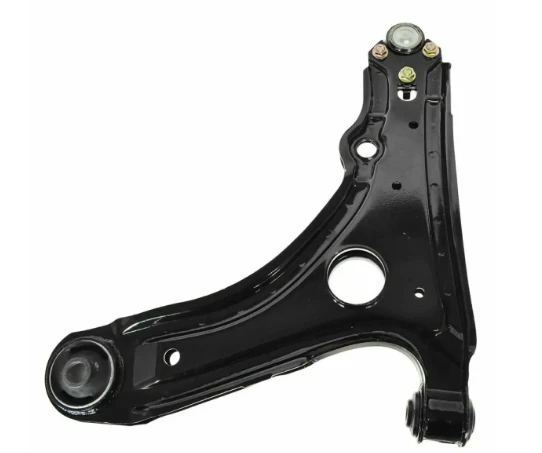
-
 Afrikaans
Afrikaans -
 Albanian
Albanian -
 Amharic
Amharic -
 Arabic
Arabic -
 Armenian
Armenian -
 Azerbaijani
Azerbaijani -
 Basque
Basque -
 Belarusian
Belarusian -
 Bengali
Bengali -
 Bosnian
Bosnian -
 Bulgarian
Bulgarian -
 Catalan
Catalan -
 Cebuano
Cebuano -
 Corsican
Corsican -
 Croatian
Croatian -
 Czech
Czech -
 Danish
Danish -
 Dutch
Dutch -
 English
English -
 Esperanto
Esperanto -
 Estonian
Estonian -
 Finnish
Finnish -
 French
French -
 Frisian
Frisian -
 Galician
Galician -
 Georgian
Georgian -
 German
German -
 Greek
Greek -
 Gujarati
Gujarati -
 Haitian Creole
Haitian Creole -
 hausa
hausa -
 hawaiian
hawaiian -
 Hebrew
Hebrew -
 Hindi
Hindi -
 Miao
Miao -
 Hungarian
Hungarian -
 Icelandic
Icelandic -
 igbo
igbo -
 Indonesian
Indonesian -
 irish
irish -
 Italian
Italian -
 Japanese
Japanese -
 Javanese
Javanese -
 Kannada
Kannada -
 kazakh
kazakh -
 Khmer
Khmer -
 Rwandese
Rwandese -
 Korean
Korean -
 Kurdish
Kurdish -
 Kyrgyz
Kyrgyz -
 Lao
Lao -
 Latin
Latin -
 Latvian
Latvian -
 Lithuanian
Lithuanian -
 Luxembourgish
Luxembourgish -
 Macedonian
Macedonian -
 Malgashi
Malgashi -
 Malay
Malay -
 Malayalam
Malayalam -
 Maltese
Maltese -
 Maori
Maori -
 Marathi
Marathi -
 Mongolian
Mongolian -
 Myanmar
Myanmar -
 Nepali
Nepali -
 Norwegian
Norwegian -
 Norwegian
Norwegian -
 Occitan
Occitan -
 Pashto
Pashto -
 Persian
Persian -
 Polish
Polish -
 Portuguese
Portuguese -
 Punjabi
Punjabi -
 Romanian
Romanian -
 Russian
Russian -
 Samoan
Samoan -
 Scottish Gaelic
Scottish Gaelic -
 Serbian
Serbian -
 Sesotho
Sesotho -
 Shona
Shona -
 Sindhi
Sindhi -
 Sinhala
Sinhala -
 Slovak
Slovak -
 Slovenian
Slovenian -
 Somali
Somali -
 Spanish
Spanish -
 Sundanese
Sundanese -
 Swahili
Swahili -
 Swedish
Swedish -
 Tagalog
Tagalog -
 Tajik
Tajik -
 Tamil
Tamil -
 Tatar
Tatar -
 Telugu
Telugu -
 Thai
Thai -
 Turkish
Turkish -
 Turkmen
Turkmen -
 Ukrainian
Ukrainian -
 Urdu
Urdu -
 Uighur
Uighur -
 Uzbek
Uzbek -
 Vietnamese
Vietnamese -
 Welsh
Welsh -
 Bantu
Bantu -
 Yiddish
Yiddish -
 Yoruba
Yoruba -
 Zulu
Zulu
Evaluation of Front and Lower Control Arm Performance and Design Enhancements
Front and Lower Control Arms Understanding Their Role in Vehicle Dynamics
When it comes to vehicle dynamics, every component plays a crucial role in ensuring a smooth and safe ride. Among these pivotal parts, the front and lower control arms stand out as essential components of a vehicle's suspension system. Understanding these parts is vital for anyone interested in automotive engineering, maintenance, or simply for the car enthusiast who wants to enhance their knowledge of vehicle mechanics.
Control arms, also known as wishbones or A-arms, are integral in linking the chassis to the suspension system. Specifically, the front control arms connect the vehicle’s frame to the front wheel hubs. This connection plays a critical role in vehicles by facilitating vertical wheel movement, ensuring that the wheels maintain traction and alignment with the road. The design of control arms is pivotal in maintaining a vehicle's handling characteristics and stability.
Functionality and Design of Front Control Arms
The primary function of the front control arms is to control the motion of the wheels relative to the car frame; they enable the wheels to move up and down while keeping them aligned with the steering axis. This movement improves the car's handling and ride comfort, especially over uneven surfaces.
Front control arms often come in various designs, including tubular and stamped configurations, with each offering different strengths and weigh attributes. Tubular control arms are generally lighter and stronger, which enhances performance capabilities, especially in high-performance vehicles. On the other hand, stamped control arms tend to be more cost-effective and easier to manufacture, making them a common choice in everyday passenger vehicles.
front and lower control arms

Lower Control Arms A Closer Look
Lower control arms perform a similar function but are often found in the rear suspension systems of vehicles. They serve as the connection between the chassis and the wheel hub, allowing the wheels to travel vertically during driving conditions. Lower control arms enable a wide range of movement, which is crucial for accommodating different terrains and improving ride quality.
The construction of lower control arms can also differ, often using solid metal or more advanced materials like aluminum or composite materials to decrease weight while maintaining strength. A well-designed lower control arm contributes to better handling, as it aids in the control of lateral forces during cornering maneuvers, thus enhancing overall stability.
The Importance of Maintenance
Both front and lower control arms are subject to wear and tear due to constant movement and exposure to road conditions. Regular maintenance checks are vital to ensure their longevity and performance. Signs of wear can include knocking noises during driving, uneven tire wear, and a decrease in handling stability. Addressing these issues promptly can prevent more significant damage and enhance driving safety.
In summary, front and lower control arms are essential components of a vehicle's suspension system that significantly influence ride quality, handling, and stability. Their proper function ensures that the wheels maintain ideal contact with the road, thus optimizing safety and performance. Whether for high-performance vehicles or everyday cars, understanding the role of these crucial components can lead to better appreciation and care of automotive technology. For automotive enthusiasts and professionals alike, recognizing the importance of front and lower control arms is a step toward mastering the complexities of vehicle dynamics.







